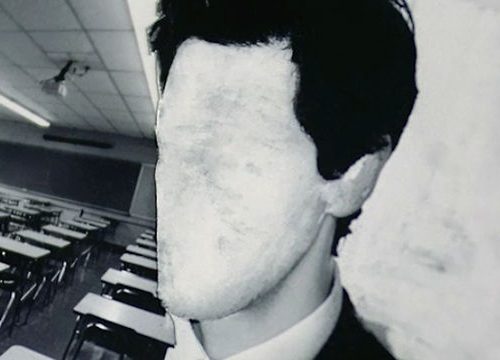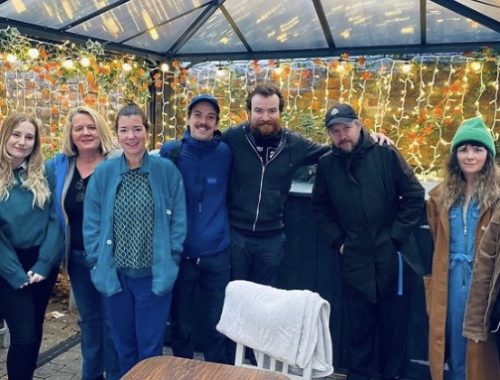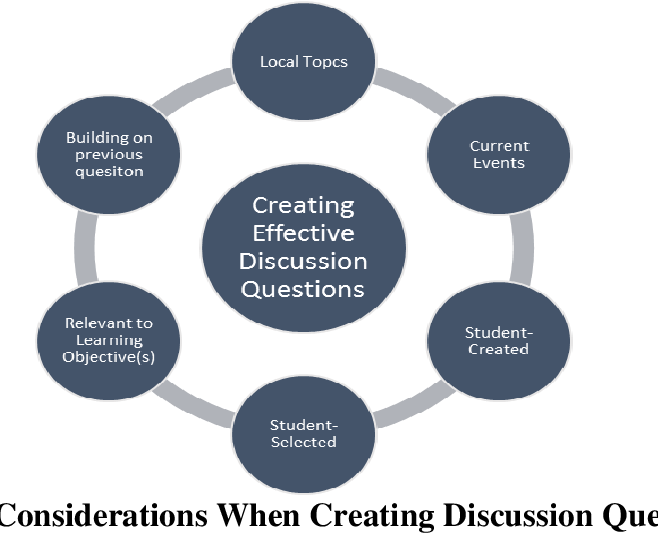Lets all get Involved
Overcoming inclusion in the classroom

Description
In my placement at Edmund Rice College, I have been working with the same teacher since September, and from the beginning of January she has given me the opportunity to teach whatever I want to one of her third-year classes. A lesson a week set aside for “Mr. Cunningham”. I had decided to take a Seamus Heaney poetry class with them. This brough with it new challenges, mainly the levels of inclusion in the classroom, and the extreme differences with pupil involvement. While some kids grasped poetic techniques quickly, and spoke within their tables, others struggled to be engaged with the texts and sat in silence. This is when I had to take my lessons up a notch.
Feelings
The pupils all love the poetry classes, and it was a joy knowing they enjoyed the poetry. However, I was soon noticing the extremes in involvement across the classroom. Two weeks had passed and we started looking at ‘Blackberry Picking’, this is when some alarm bells started ringing. The week before we had looked at language techniques and how to spot them, but this week they seemed to go completely over some pupil’s heads. I could feel an imbalance in the class and disorder creeping into frustrated pupils’ minds. I didn’t want to let the class or Mrs. Cust down, so I knew the lesson plans had to change. The best thing I could do that week was reflect as “reflection is a crucial aspect of the… learning process” (Gibbs, 98). I took myself of to a coffee shop at the weekend and began brainstorming new ideas to take the poetry class up a level and engage the whole of the classroom.
Evaluation
The best thing I could do in my coffee shop was to read around the subject of teaching poetry. While reading Teaching English in the Secondary School, I saw exactly what I was looking for, pupils can learn the definition of a language techniques, but that doesn’t necessarily mean they can spot one while reading poetry (71). Looking back, I was wrong to force feed my pupils language techniques in my first class, as they’re all just definitions, in order to learn techniques, they just needed to get hands on with the poetry and listen in order to spot them.
In my caffeine driven search for the answer to inclusion I came across the idea of the “flipped classroom”, an idea that involves pupils reading and annotating the poetry at home and coming into class the next week to discuss their findings, rather than the other way around that I was doing prior (Gilboy 109). I was incredibly happy with these findings, thank you Google Scholar and Established Coffee.
New information in hand I decided to make a new plan for me ‘Blackberry Picking’ lesson, a class that I couldn’t have been happier with. I decided to give my pupils“direct ownership of the learning experience” (Marvell, 547). We did something my teacher did with me during my A-Levels, we cleared the room and made a big “poetry circle” with seats in the middle and all sat down to listen to and discuss the poem. we listened to the poetry being read aloud, so they could pick up on any missed language features. There was a fantastic intimacy within the group, by reading the poem by themselves first at home the pupils came in with questions and points to make about the poem. The group circle made nobody feel left out, I headed the group and lead the discussion, but the class were fluid and coherent with their points. Everyone had smiles on their faces, and there was laughs and fun in discussing the poem, but above all everyone was involved and on the same level. I’ve never felt more rewarded by a lesson, and left feeling incredibly proud.
Analysis
This lesson was different to any class I’ve ever held before; however, it has made me realise how crucial different types of lessons are in grasping the interest of my pupils. The “poetry circle” provided a crucial intimacy within the classroom, they were in the same four walls as the week before, only the pupils felt like they were in a different space, and they could openly share ideas and questions. This was all down to the “flipped classroom” theory I had read, I made sure everyone would have annotated and had questions about ‘Blackberry Picking’, and once I got the ball rolling in the conversation, everyone felt like they were in a safe environment to share thoughts and ideas. This was because of the circle, everyone felt equal and could all see each other, so weren’t embarrassed when getting involved in the discussion.
Conclusion
The privilege of taking my own poetry classes has provided me with a vital insight into the world of teaching and the principles of classroom management. I believe my poetry lessons have been a huge success and that was all down to me stumbling in my first few weeks. Inclusion was by far my greatest challenge, there is nothing more disheartening than seeing a lesson you have planned slowly wither away because a few pupils would rather misbehave than get involved. I now realise that it was my fault certain pupils were disengaged, I spent so much time working on the content for the lesson I forgot about the most crucial aspect, the pupils. Reflecting on these classes provided me with the resources to make my lessons far more diverse, thus engaging pupils that were bored of the same lessons happening every day. Ultimately, through the practice of self-reflection, I believe my fumbling start has fuelled my ambition to improve my planning, progressing my lessons to not only be insightful but also inclusive, providing pupils for a safe space to share ideas and thoughts.
Action Plan
The poetry lessons were crucial in my understanding of classroom involvement, the mistakes I made were pivotal to learn from and the lesson ideas I will add to my repertoire of plans that will be integral as I grow and develop on my path to becoming a teacher, next year’s PGCE and beyond. I have become much more aware of the issue of inclusivity, and will not waste lessons before I see the issue arise like I did this year. Ultimately, I have learnt how to mould a lesson around myself and the pupils I am taking, I will continue to experiment with lesson plans and teaching styles to suit the class in question, but I now realise creating a safe space for pupils to learn is of up most importance.
Bibliography:
Gibbs, Graham. Learning by Doing. Oxford: Oxford Centre for Staff and Learning Development, 1988, Oxford Brookes University.
Gilboy, Mary Beth, Scott Heinerichs, and Gina Pazzaglia. “Enhancing student engagement using the flipped classroom.” Journal of nutrition education and behavior 47.1 (2015): 109-114.
Green, Andrew, and Newman, Ruth, eds. A Practical Guide to Teaching English in the Secondary School. London: Taylor & Francis Group, 2012.
Heaney, Seamus. Death of a Naturalist. London: Faber and Faber. 2016.
Marvell, A., Simm, D., Schaaf, R. & Harper, R. Students as scholars: evaluating student-led learning and teaching during fieldwork. Journal of Geography in Higher Education. 2013. 37(4), 547-566
AEL 3001: Blog Post 3
You May Also Like

The Equity Of Detachment
25 March 2022
Patience is a Virtue
26 March 2022

